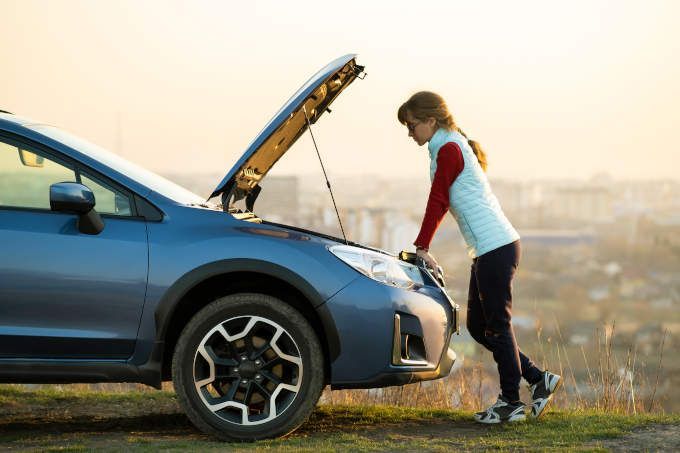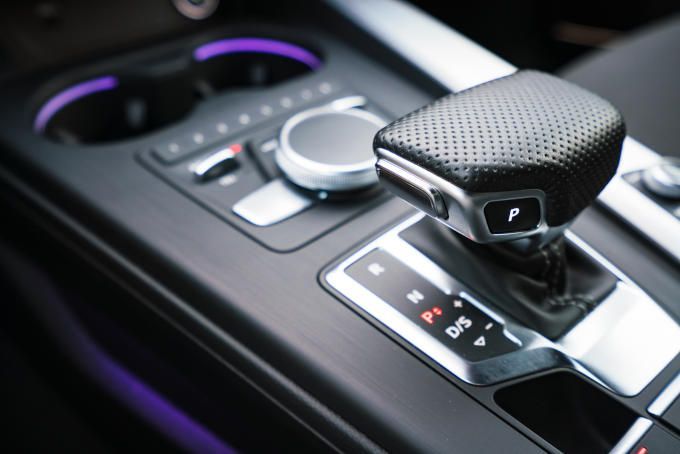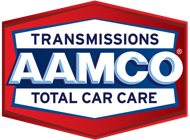Manual vs Automatic Transmissions: Pros and Cons [Which is Best?]
For many driving enthusiasts, manual shifting is still a joy that no automatic can compare. You hear the click of the lever and the bite of the clutch. You have control. You pick the right gear at the exact right time.
Matching revs on a 3-2 downshift while taking a tight corner is exhilarating when you get it right. Do you think it’s more fun and exciting driving a stick shift than an automatic? Or, do you prefer the ease of an automatic transmission?
Controlling the stick and the clutch might be more exciting, but what are the real differences between manual vs automatic transmissions?
Read more to understand automatic vs manual cars to find out which one is the best choice for you.
What’s the Difference Between Manual vs Automatic Transmissions?
Manual transmissions used to be standard equipment on early 4X4s, but now automatic transmissions dominate the scene. In fact, it’s hard to find a manual transmission on one-half to three-quarter-ton pickups.
Automatic transmissions rely on a fluid coupling and torque converter to transfer engine power to the drive wheels.
On the other hand, manual transmissions receive engine power from the crankshaft via the flywheel and clutch. They have a continuous mechanical link between the engine, transmission and drive wheels. When you press the clutch, it engages and disengages the engine from the transmission.
In the past, drivers considered manual transmissions to give superior performance. That’s not the case anymore.
Modern automatics are amazing. They might be heavier and more complicated, but they sure make life easier when you’re driving on or off-road.
So, what are the manual vs automatic pros and cons?
Automatic Transmission Pros
Most cars manufactured today have automatic transmissions. Here are the advantages of owning and driving an automatic transmission car.
Easier to Drive
Although it’s not hard to learn to drive a stick shift and work a clutch, it takes practice. When you drive an automatic transmission car, you don’t have to worry about maneuvering the shift and the clutch.
An automatic transmission automatically sets the gear ratios for you. All you have to do is step on the gas and let your car decide which gear to use.
Simpler on Inclines
Navigating steep inclines is simple with an automatic transmission. You don’t have to worry about rolling backward when starting from a stopped position. Your automatic tranny will use the appropriate gear for climbing steep hills and prevent you from rolling into the car behind you.
Safer for Beginner Drivers
If you’re a beginner driver, an automatic transmission is a practical and safe choice. You can keep your hands on the wheel and concentrate on driving, rather than shifting gears.
Less Stalling Risks
When driving an automatic, you have less chance of stalling when you’re stopped at a red light. All you have to do is wait for the light to change and step on the gas, and off you go.
With a standard transmission, putting the car into first gear can result in stalling the car, especially if you’re inexperienced at driving a manual car.
Convenient in Heavy Traffic
Even though bumper-to-bumper traffic is annoying, at least you don’t have to shift constantly into different gears when driving an automatic transmission. Your transmission does all the shifting for you as you slow down or increase speed in heavy traffic.
Automatic Transmission Cons
Automatic transmissions also have a few downfalls that you should understand when choosing whether you want automatic vs manual cars.
Electronically Controlled
Most of the time, electronic controls keep your transmission running smoothly. But, automatic transmissions are big, heavy and have complex parts. These parts are electronically controlled, and they rely on computers. If one of these parts fails, your transmission will stop functioning.
Your only option is to have your car towed to a transmission repair shop.
Less Fuel Economy
Because there’s not a direct mechanical connection between your car’s engine and the automatic transmission, your fuel economy and performance decrease.
Inoperable When Wet
If you do any off-road driving or drive during heavy rain where you need to drive through large puddles or water crossings, an automatic transmission won’t be able to handle it. If your transmission takes in water, it won’t operate.
Repairs Are Expensive
Automatic transmissions cost more to repair than manual transmissions because of their multiple, complex parts.
Manual Transmission Pros
Manual transmissions have several advantages over automatic transmissions. Consider these when deciding on auto transmission vs manual.
Simple Design
Thanks to the simplicity of manual transmissions, chances are that even with an internal failure you'll be able to select a gear and keep moving. Plus, if the starting system in your car fails, a manual transmission lets you pop-start your vehicle. You can’t do this with an automatic.
Smaller and Lighter
Manual transmissions are smaller and lighter than automatics. This means it’s easier to install and remove if you need repairs.
Since manual transmissions are smaller, you get better fuel economy with the more efficient power-to-weight ratio. Your savings can add up fast with improved mileage per gallon.
Lower Upfront Cost
Manual transmission cars and trucks cost less than automatics. The cost of a manual transmission car costs about $1000 less than an automatic vehicle.
More Control
It’s easier to stop or slow down with manual transmissions because you control the gears. This makes driving safer because you control your vehicle in different driving situations, such as climbing icy hills. You have control over the power your car has.
Manual Transmission Cons
Like automatic transmissions, manual transmissions also have their share of disadvantages.
Burned out Clutch Discs
Burned clutches are common with manual transmissions. There’s a learning curve to getting the clutch and stick shift in sync. You’ve probably heard the gears grinding when you first started learning how to drive a standard transmission vehicle. This causes clutch and flywheel damage.
Burned clutches also happen when towing heavy loads and not taking trailer weight to the truck into consideration.
Inconvenient in Traffic
When you’re stuck in heavy traffic, shifting gears can soon become tiring and annoying.
Requires Concentration
If you’re a daydreamer or just want a relaxing ride, manual transmissions might not be an option for you. It takes more concentration to drive a stick shift because you have to use your hands and feet to change gears.
Automatic Transmission vs Manual Transmission Recap
For most drivers, the decision to choose a manual or automatic transmission hinges on personal preferences. Some people like to shift, while others want an automatic transmission so they can put it in "drive" and forget about it.
When you choose your vehicle, consider the manual vs automatic transmissions’ pros and cons. Review the benefits of each, whether you’re concerned about maintenance costs, vehicle control or ease-of-use before you decide.
No matter whether you drive a manual or automatic transmission vehicle, contact us for all your transmission maintenance or repairs. Regular maintenance will prolong the life of your transmission.
AAMCO has more than 60 years of experience servicing and repairing transmissions and has worked on more than 20 million vehicles. Customers rely on us for:
- Quality workmanship
- Superior service
- Best warranty coverage available
- Trustworthy, honest service
AAMCO Centers of the Atlanta metro and surrounding areas represents trust, quality and value.
Share




